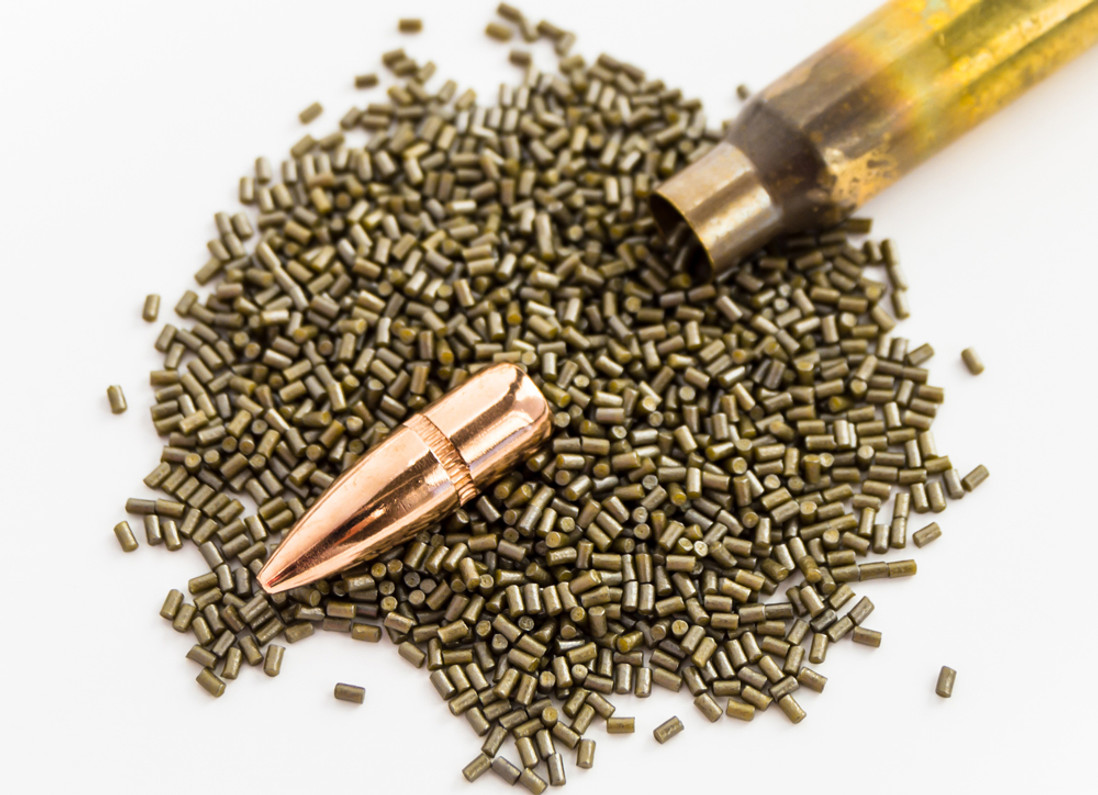The Essentials of Rifle Load Development
Rifle load development is a critical process for shooters who seek the highest level of accuracy and consistency. Understanding and optimizing various components of the load can significantly enhance performance. Here are three crucial aspects of rifle load development: brass preparation, bullet seating depth, and powder charge adjustments, all of which contribute to finding the harmonic node of a barrel.
1. Brass Preparation: Neck Tension
Neck tension refers to the grip that the neck of a cartridge case exerts on the bullet. Proper neck tension ensures consistent bullet release and alignment, which is vital for accuracy. Here are the key steps in brass preparation:
- Sizing: Full-length or neck sizing the brass ensures that it fits properly in the chamber. Consistent sizing reduces variations in neck tension.
- Neck Turning: This process involves removing a small amount of brass from the neck to ensure uniform thickness. Uniform necks provide consistent tension and, consequently, more consistent shot placement.
- Annealing: Heat-treating the necks of brass cases softens them, reducing work hardening and ensuring uniform neck tension over multiple firings.
Maintaining consistent neck tension through meticulous brass preparation can lead to more uniform velocities and tighter groups.
2. Bullet Seating Depth
Bullet seating depth—the distance a bullet is seated into the case—affects the bullet's jump to the rifling and overall pressure dynamics. Adjusting seating depth helps in finding the "sweet spot" where the bullet aligns perfectly with the barrel's harmonic node. Here’s how to manage seating depth:
- Start Close to the Lands: Begin by seating bullets close to the lands (the rifling in the barrel). A common starting point is to seat the bullet 0.010 to 0.020 inches off the lands.
- Incremental Adjustments: Make small adjustments in seating depth (e.g., 0.002 to 0.005 inches) and test for accuracy. This helps in identifying the optimal depth for minimal bullet jump and consistent chamber pressure.
- Monitor Pressure Signs: As you adjust seating depth, keep an eye on pressure signs such as flattened primers or hard bolt lift, indicating excessive pressure. Safety is paramount in this process.
Finding the optimal bullet seating depth can drastically improve consistency and accuracy, as it ensures the bullet engages the rifling in the most stable manner.
3. Powder Charge Adjustments
Powder charge directly influences the velocity and pressure of a bullet. Fine-tuning the powder charge is essential to harmonize the barrel's vibrations and achieve peak accuracy. Here’s a systematic approach:
- Start Low and Work Up: Begin with a charge below the maximum recommended load. Incrementally increase the powder charge while observing for pressure signs and accuracy improvements.
- Ladder Test: Conduct a ladder test by loading a series of rounds with incremental powder charges. Shoot these rounds at a fixed distance, usually 100 or 200 yards, and observe the vertical dispersion on the target.
- Optimal Charge Weight (OCW): Identify the charge weight that produces the smallest vertical dispersion. This charge weight is often at the barrel's harmonic node, where vibrations stabilize, leading to better accuracy.
Fine-tuning the powder charge helps in finding the optimal velocity that matches the barrel’s natural frequency, leading to enhanced accuracy and consistency.
Conclusion
Rifle load development is an intricate process that involves meticulous attention to brass preparation, bullet seating depth, and powder charge adjustments. Each component plays a pivotal role in achieving the harmonic node of the barrel, where accuracy is maximized, and shot-to-shot consistency is enhanced. By focusing on these critical aspects, shooters can unlock the full potential of their rifles, achieving the precision required for competitive shooting and hunting.
Recent Posts
-
The Essentials of Rifle Load Development
Rifle load development is a critical process for shooters who seek the highest level of accuracy and …Sep 21st 2024 -
Exceptional Performance of the 25 GT Barrel: A Detailed Analysis
At Kansas Arms Supply, we pride ourselves on pushing the boundaries of precision and performance in …Sep 20th 2024 -
Introducing Our Custom-Built Hunting Rifles from Kansas Arms Supply
Elevate your hunting experience with our new line of custom-built hunting rifles from Kansas Arms Su …Jul 28th 2024




